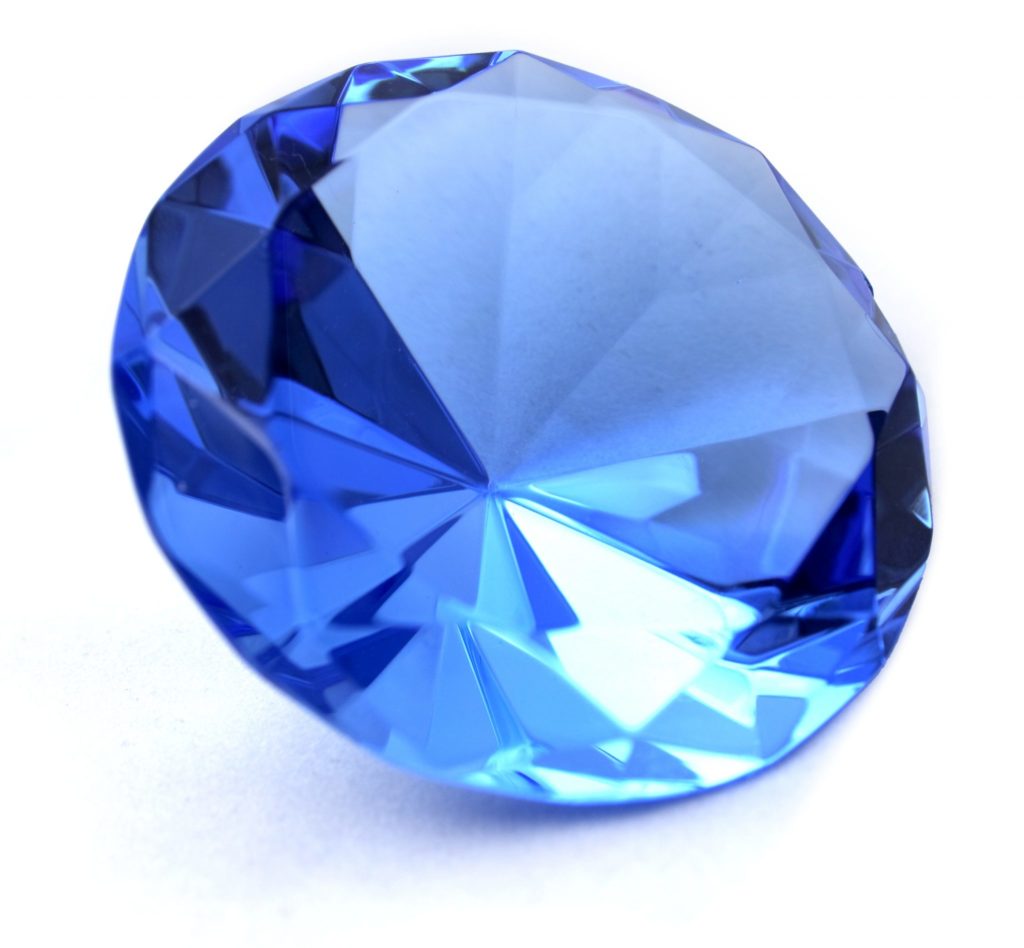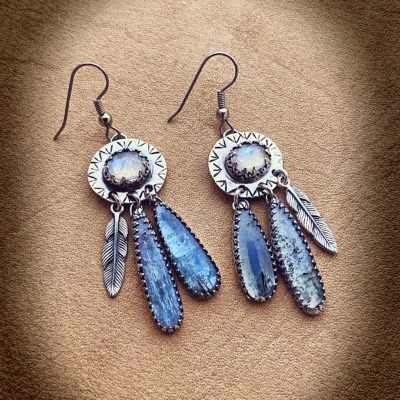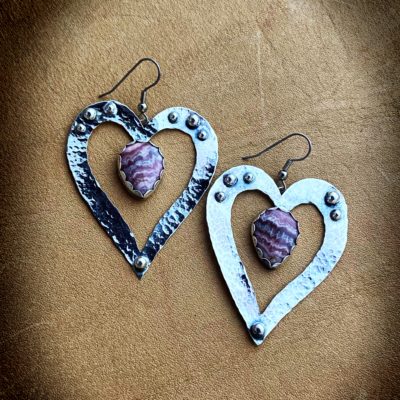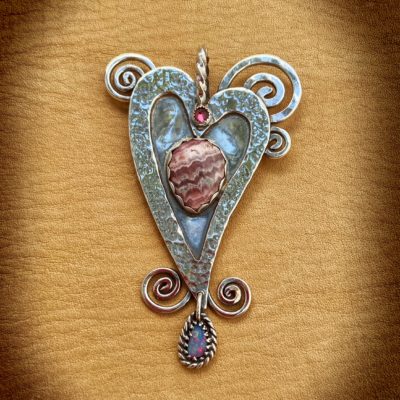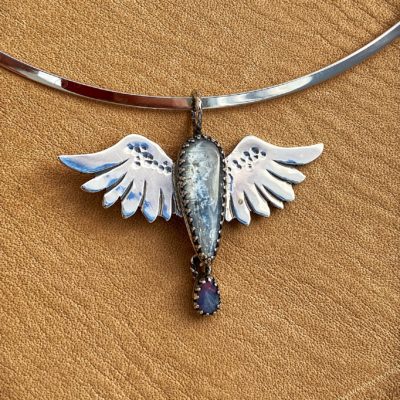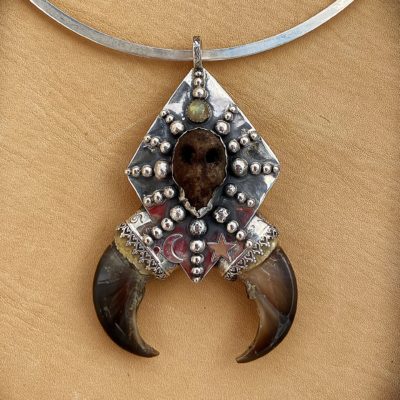Gemstones and precious stones are shaped or cut in different ways.
If a stone is clear, the art of faceting it will great a stunning design.
Faceting involves cutting the gemstone so that it reflects light.
Each cut is the flat surface you can see and it is called a facet.
This effect is quite dazzling to say the least.
We have all seen films of brilliant faceted gemstones that reflect and refract the light. They are often referred to as ‘stars’ for this reason.
Which stones are best faceted?
The most popular stones are transparent and these include ruby, garnet, sapphire, emerald and, of course, diamond.
The craft of faceting as we know it comes from India, Burma, Ceylon and Iran.
However, it can be traced as far back as 3000 BC to the ancient Mesopotamians who lived in the Bronze Age.
It wasn’t until the 13th and 14th Centuries that jewellers brought their skills to Europe.
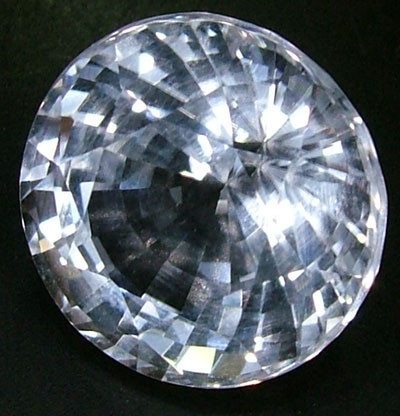
Faceted-quartz
How is a gemstone faceted?
The skills involved in faceting a stone are complex and time consuming.
The method of faceting involves cutting angles on the top and bottom of the gemstone.
These form right angles from the crown or the top of the stone and the pavilion, which is the term for the bottom of the stone.
Today this is achieved using a faceting machine.
The faceter places the stone on a dopstick and it is held very still by plates.
An abrasive disk cuts the facets, but the faceter must know exactly where to cut and on what angle.
After the stone is faceted properly it is delicately polished so every angle shines.
It is the skill of jewellers like Angela Blessing who can take a beautifully faceted stone and created a setting which showcases it brilliantly.
Angela is based in Santa Cruz and creates one of a kind, unique pieces of jewelry using faceted and other types of gemstones.
Her creations honor the singular beauty of each gemstone she chooses – see here.

